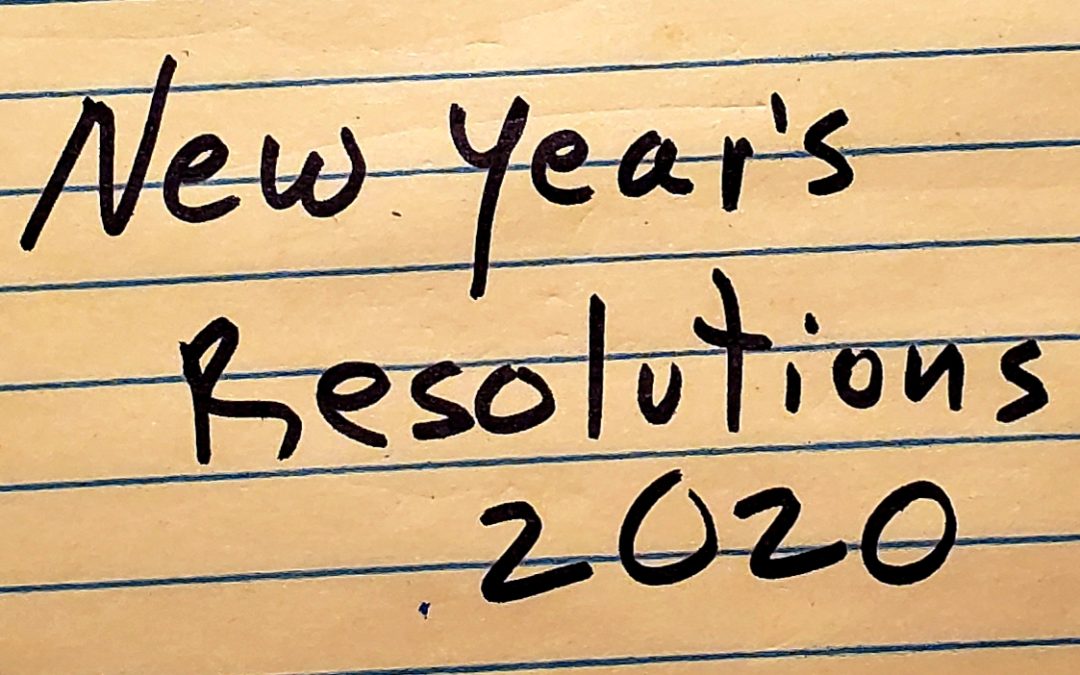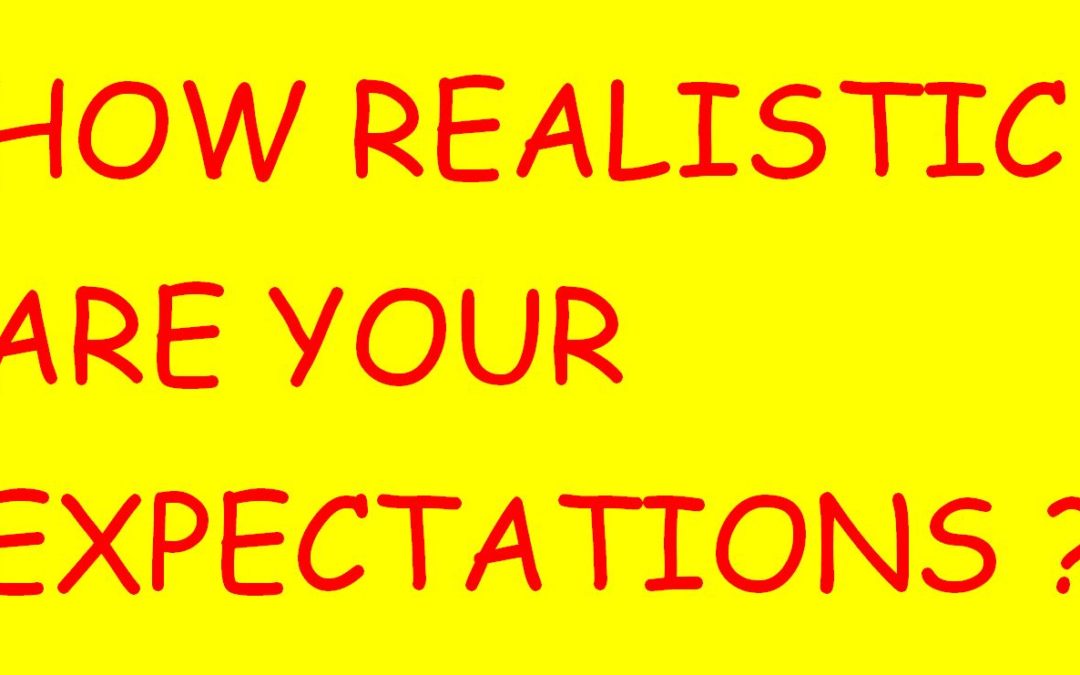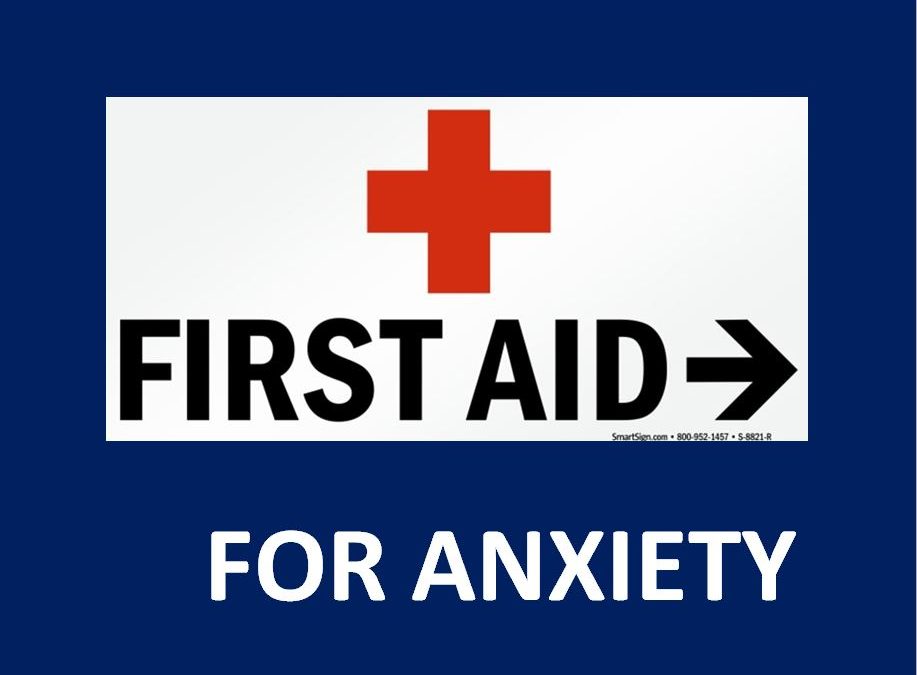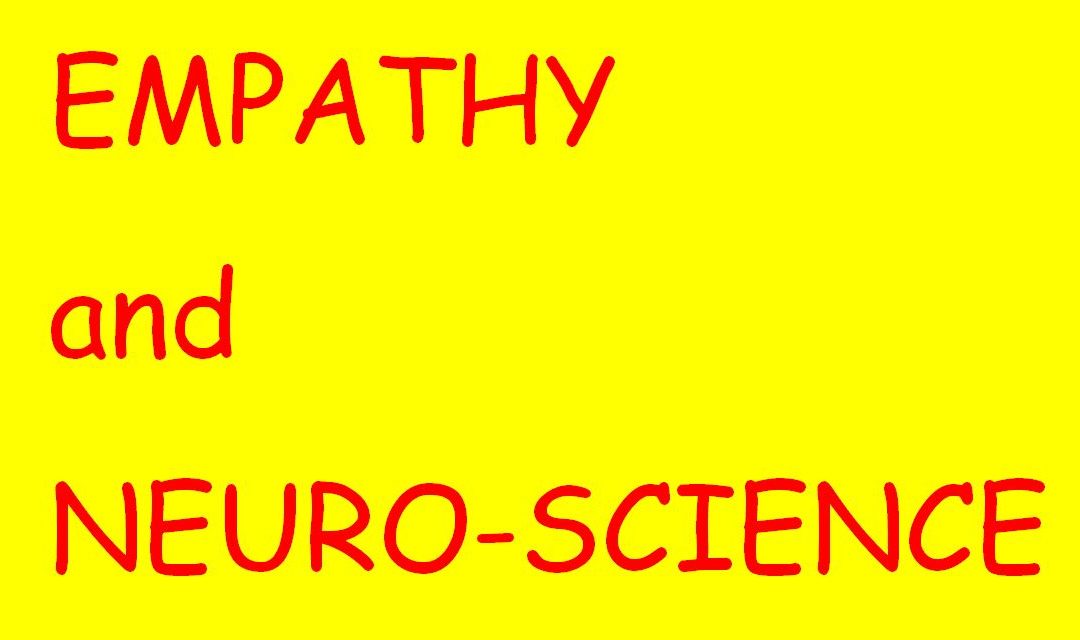
by Rev. Michael Heath | Oct 31, 2020
This year Halloween arrived just as the coronavirus pandemic is surging across America, again. This ironic coincidence of spooks and a deadly virus provides an opportunity for us to discuss the interesting but confusing paradox in the human psyche which allows us to fear that which is not real and to deny that which is really threatening or dangerous.
On one hand, we celebrate and enjoy horror movies and other things which can scare us temporarily. Yet , as we have seen in the popularity of Donald Trump and his attack on science and the refusal of so many to wear masks and take reasonable precautions to prevent contracting or spreading the coronavirus, many Americans deny the reality and the severity of COVID-19. Although counter-intuitive, psychology can explain, at least in part , why this strange contradiction is so.
To begin, let’s understand why we love scary things like movies and Halloween. When we are scared, our brain releases dopamine which gives us a rush. The neurochemical reaction is emotionally stimulating and similar to the terror response caused by a real threat or crisis. However, horror movie thrills are significantly different from the experience of actual danger because the rational part of our brain knows that the scary perception isn’t real. This enjoyment is the same sensation we feel when riding on a roller coaster or in other thrill seeking activities. We like it because it is exciting but down deep, we know that we are safe. We know that we are safe because our neo-cortex , the part of the brain which is rational, assess the situation to be safe.
On the other hand, sometimes we tend to deny real threats when they are overwhelming, and feel out of control. We become overwhelmed when there is a real threat confronting us and don’t know how to handle the dangerous situation or to feel safe. Neurologically, to make matters worse, the panic which comes from being emotionally overwhelmed causes the amygdale , the hypervigilant part of the brain which constantly looks for threats, to hi-jack and block access to the logical part of our brain which, in the case of a real threat, would cause us to take reasonable action.
In some cases, fear causes us to become angry and attack the threat. In other cases, it causes us to run away. Denial or disbelief is a type of emotional running away which gives us some emotional space to avoid having to deal with or engage the problem before we are ready. If, however, access to the cortex is not re-established in time ,denial can complicate or make it impossible to respond effectively to the crisis.
In practical and every day terms, we are often in denial. For example, we all are going to die and that is , at some level, a real threat. That said, if we are healthy or don’t suffer from hypochondriasis, we don’t think about it very often. Denial in that sense is not a problem. In fact, it allows us to live our lives with less worry. On the other hand, if our doctor tells us that we have a serious condition which needs treatment and we, despite many warnings chose to deny and avoid getting treatment , the results could be catastrophic.
Fortunately, there are effective techniques to help us to sort out and and identify irrational fears and problematic denial from normal avoidance. Here are three basic steps to follow when fear and denial has blocked access to your neo-cortex:

by Rev. Michael Heath | Mar 7, 2020
Over the past few weeks, there has been wall to wall coverage of the Coronavirus (COVID-19), epidemic. In addition to the impact on the sick, the fear of the spread of this disease has caused world-wide alarm and has had a devastating impact on industry and the world’s stock markets . Concerns about limiting and containing the spread of the virus have already resulted in significant daily living disruptions with measures such as quarantines, cancelled conventions and air flights. Going forward , how to prevent a general public panic is uncertain.
Unfortunately, the problem is made worse and more confusing because government preparation and responses have been inadequate and statements from the White House and public health agencies about the virus or what to do are often contradictory. As a result, it is difficult for the public to know what is true and just who to believe.
Fortunately, there is wide-spread agreement among health experts about what common sense measures should be employed to lesson the risk of contracting the disease: — Use disposable tissues. — Be mindful of what you touch. — Wash your hands frequently after touching things like door knobs, light switches, etc. — Avoid unnecessary public contact like shaking hands. — And MOST IMPORTANTLY — Don’t touch your face.
It is important to realize , despite all of the media attention, the virus is not the Black Plague. Although many will be infected by Coronavirus, most will not even feel sick. That said the threat of the virus goes beyond a medical risk. COVID-19 poses a severe psychological stress which create individual and even mass panic. Even for those who don’t get sick, the emotional strain of non-stop media hype in addition to the disruptive precautionary measures will pose a serious menace that will, in some way, impact almost everyone sooner or later. Although no one can control the spread or extent of the disease, there is a lot which individuals can do to control the anxiety produced by this difficult situation. Here are some important tips:

by Rev. Michael Heath | Dec 30, 2019
As we come to the end of the year, encouraged by tradition and media hype, many will think about new year’s resolutions and making important changes in their lives.
Likewise, many will look back on the year just past with disappointment and discouragement over the well intentioned but failed efforts from the previous year’s resolution list.
Frankly, change is hard. It takes more than good intentions to actually succeed in making significant and needed improvements in our lives. Many who undertake plans for things like losing weight, quitting smoking or exercising more, for example, fail to understand the necessary factors which are required on one hand and those which work against change on the other.
Taking a little time to reflect may not only improve your chances of succeeding but also help to help you to avoid the pain of not following through. With these complications and pitfalls in mind, here are a some things to think about before undertaking the challenge of a new year’s resolution .

by Rev. Michael Heath | Nov 17, 2019
Expectations. We all have them, that is to say we all have a sense of what is going to happen in our lives. We have routines which we follow and much of our life is predictable. Part of life, however, is unpredictable and folks who naively or uncritically assume outcomes without sufficient reason can be shocked and sadly disappointed.
Indeed, unrealistic expectations or expectations that are not met are a major source of distress in life. The spectrum of disappointment is wide and ranges from trivial things like a sports team losing a game or running into a long line at the bank all the way to a life-crisis event like losing a job or being told that one has a serious disease.
There are lots of events in the middle, however, which, while not serious with a capital S, nonetheless, create inconvenience or worse. Being caught off guard by these kinds of life events is not only frustrating but an situation which can trigger an anger reaction causes us to act out in ways that are socially disruptive and unpleasant for everyone involved. Indeed, being shocked by unexpected happenings is one of the biggest causes of unpleasant outbursts of anger.
Today, we are going to look at how to 1) recognize amygdala-based reactions which often result from unrealistic or unmet expectations, 2) how to calm and reality-test panicked perceptions which generates anger outbursts and 3) how to problem-solve your way to more rational responses to negative and unexpected life events.

by Rev. Michael Heath | Nov 3, 2019
Many have commented about the coarsening of our society and the decline of basic civility in politics and in every day life. Psychologically, this change in public decorum correlates with the complexification of life and a greatly reduced sense of control that people experience over there own lives.
Nowhere is the loss of control more painfully experienced than in intimate relationships and marriage. Indeed, one of the most common complaints of couples is that they feel that their partner is too “controlling”. Here are some important facts about our needs for control and some tips for dealing with controlling people:
1) No one has the right to try to control their partner.
2) Attempts to control are signs of anxiety and panic.
3) When in a state of panic, a person is not in touch with their cortex and thus he/she can not think reasonably.
4) It is not helpful or productive to attempt to struggle with someone who is in a panicked state.
5) Only when the experience of anxiety has been lowered can a productive conversation and respectful negotiations to reach mutually agreeable solutions take place .

by Rev. Michael Heath | Oct 16, 2019
Violent and uncontrolled expressions of anger are some of the most threatening emotional, social and cultural issues plaguing our society. One of the especially frustrating aspects of anger is its explosive nature which may erupt without warning.
Although it takes practice, a helpful skill to acquire to control the raw acting out of anger feelings is to delay the urge to immediately discharge the impulse . Using the mental image of a Tupperware container , along with breathing exercises, is an effective way to defer the immediate and unfiltered release of anger impulses and to allow time for a more reasonable response to be made . Here is how they work together to give you more control.

by Rev. Michael Heath | Sep 16, 2019
The incessant reports of gun violence has stimulated deeper questions about the very notion of human sin and evil. A recent report in the New York Times interviewed a theologian and a psychiatrist about their understanding of these mysteries. As one who is an ordained minister and also a licensed psychotherapist, I found the discussion fascinating and relevant to modern concerns about why bad things such as mass shootings happen. Further, the dialog provides a good example of the kinds of issues which pastoral counselors address.
In a recent article in the New York Times a theologian and a psychiatrist were asked about their understanding of evil and sin. Specifically, the psychiatrist expressed the widely held view of how modern brain research and psychology understands the concepts of evil and sin. This evolving bio/psycho/social perspective provides a different slant on traditional religious views of evil but, ultimately, is congruent with the fundamental message of biblical beliefs. Here is a look of how science informs and relates to the theological concept of sin.

by Rev. Michael Heath | Aug 3, 2019
Anxiety is a serious and complex problem for many people. In some cases, successful treatment requires a combination of psychotherapy and medication. For many, however, employing some basic first-aid can render significant and immediate relief.
Here are four steps which, if followed, can quickly and dramatically reduce the crippling effects of panic and anxiety attacks.

by Rev. Michael Heath | Jul 8, 2019
Recently, I have been writing about the impact of brain research on our understanding of psychology and its implications for psychotherapy.
In this segment, I wish to explain how the very old psychological concept of empathy has been validated by modern neuro-science studies and why it is so important for emotional healing and growth.
In brief, stress and a perception of imminent threat shift a person into survival mode which is controlled by the limbic system which disconnects him/her from his/her cortex.
Empathy, one the other hand, conveys a sense of safety, turns off the physiological alarm and allows neuro-pathways to the cortex to be re-connected. This science explains why empathy works to help folks who are experiencing great distress. So, let us look in more detail at how empathy functions …

by Rev. Michael Heath | Jun 25, 2019
As a pastoral counselor , I am often asked about how my psychological training has influenced my Christian beliefs. While I believe that science does not conflict with my fundamental experience of faith or my belief in God, I believe that it can add to and make more comprehensible some of the more mysterious aspects of life and faith.
The notion of sin is an especially good example. You know the traditional Garden of Eden story and how humankind was seduced into sinning by the serpent. According to Genesis, human beings were a created perfection who were corrupted by the temptation of outside influences. Adam and Eve were driven out of Eden and paradise was lost.
There is, however, another way to understand the nature and origin of sin which does not rely on myth and is more congruent with modern science. If God is understood to be love, then any behavior which does not express love is not of God. Sin is the absence of God. Rather than simply blaming Adam and Eve and seeing the source of sin as stubborn disobedience, sin ( which involves disobedience) may be understood as a sense of fear and insecurity which stems from Adam and Eve’s inability to trust God. A basic understanding of brain physiology reveals the structural basis for human fear and insecurity which makes trusting so difficult.
n other words, unlike a traditional, volitional understanding of sin, a scientific view sees unloving behavior as the consequence of fear and panic blocking our capacity to love. We don’t chose sin. Sin ( selfish – irrational behavior) takes us over. Let me explain in more detail.









